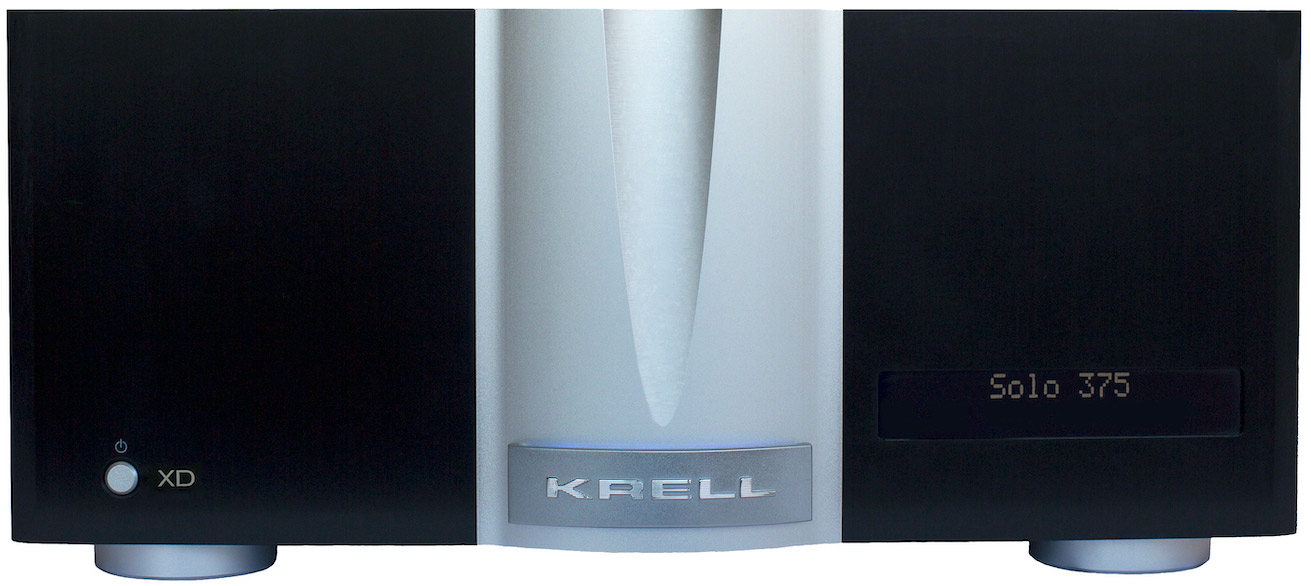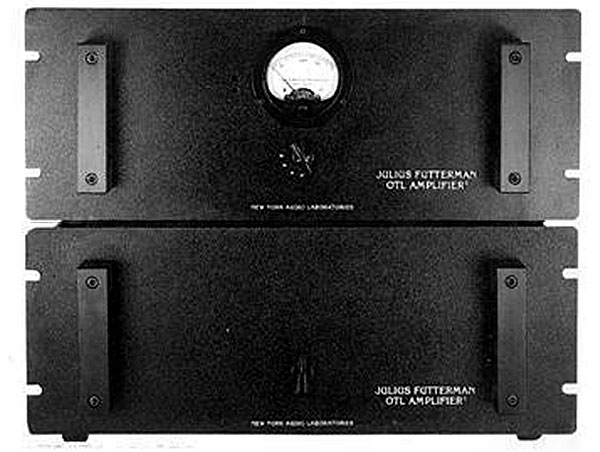I keep an eye on another forum which shall remain unnamed ,
some jack ass claims he has 8 mono blocks each with 1000w class A ,
Lets do a very basic calculation based on the venerable Sugden A21a
Its 11kg and outputs 23 watts pure class A power ,scale that up 42 times to around 1kw
So each amp weighs 462 kilos and streams 500 watts in heat quiescent ,
theres no point in even argueing with a fantacist douchebox like that , away with the fecin' fairies .
some jack ass claims he has 8 mono blocks each with 1000w class A ,
Lets do a very basic calculation based on the venerable Sugden A21a
Its 11kg and outputs 23 watts pure class A power ,scale that up 42 times to around 1kw
So each amp weighs 462 kilos and streams 500 watts in heat quiescent ,
theres no point in even argueing with a fantacist douchebox like that , away with the fecin' fairies .





